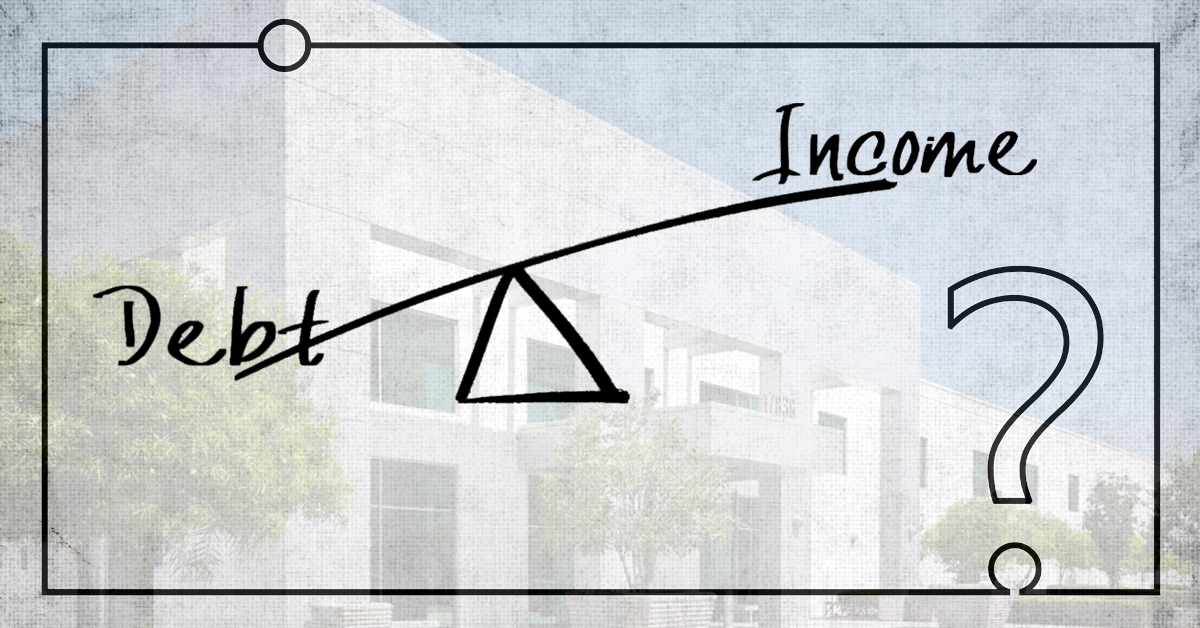
The grim statistics show that commercial-property owners face nearly $400 billion of debt maturing this year as regional bank failures threaten the industry’s biggest source of financing. Local and regional banks accounted for nearly 50% of commercial real estate loan originations in 2022 according to a report from MSCI Real Assets. Additionally, there is almost $500 billion of CRE loans that will come due in 2024, the report stated.
Major US banks started to back off of risk related real estate loans in Q3 of 2022 as borrowing costs climbed and regulators issued warnings about office properties. Office building owners have been hit particularly hard as the squeeze from higher borrowing costs and the rise in remote work accounted for nearly $40 billion of those properties seen as having a higher likelihood of distress, according to MSCI. Almost one quarter of the office property loans on the books will mature in 2023.
Added to the mix, property owners looking to refinance this year are confronting much higher borrowing costs and falling property values. And this is all topped off with the collapse of Silicon Valley Bank and Signature Bank this year, which will undoubtedly make negotiations even tougher as local lenders scramble to reduce their risk.
So, given the current financial landscape, it might be a good idea for all borrowers with investment debt coming due in the next 24 months to confirm how their lender calculates Debt Coverage Ratios (DCR) and run the numbers to confirm they qualify for a refinance. Some borrowers may not. While it might not be as critical for commercial property owner/users (companies that occupy the building they own), it still might warrant a closer look to confirm what their lender will be looking at when making a refinance decision.
What Is Debt Coverage Ratio (DCR)?
DCR, also known as Debt Service Coverage Ratio (DSCR), is a key factor that lenders consider when evaluating a loan application. The ratio measures a company’s capacity to meet debt obligations using cash generated from operating activities. DSCR is a good indication of a company’s ability to take on new financing, repay its loans, and make interest payments. DCR offers a comprehensive analysis when assessing the long-term financial health of a company.
It’s in the Formula.
The Debt Service Coverage Ratio is calculated by dividing a company’s net operating income by its current debt obligations. Net operating income is a company’s revenue minus operating expenses, not including taxes, interest payments and non-operating income.

According to Investopedia, lenders may also calculate the DSCR based on EBIT (earnings before interest and taxes) or EBITDA (earnings before interest, taxes, depreciation, and amortization). The Corporate Finance Institute indicates that DSCR may also be calculated based on EBITDA with adjustments for cash taxes, unfunded capital expenses, shareholder distributions and/or rent expenses. With varying metrics used to calculate DSCR, a company’s income may be understated as non-operating income is not included or its income may be overstated as not all expenses are being considered.
Know Where Your Company Stands.
In all metrics scenarios, a higher DSCR is considered better than a lower one. Companies with a DSCR less than 1 are typically considered a risky investment as the company may default on a loan due to cash flow issues. Many banks require a minimum DSCR of 1.25, while others require a minimum of 1.5. Companies with a DSCR above 2 are viewed as strong and a good investment. Also, companies with a high DSCR may have leverage to negotiate better loan terms.
Lenders and investors compare a company’s creditworthiness against other companies when determining which loans to approve. In addition to the alternate metrics used in calculating DSCR, lenders may consider a company’s history, the industry they are in, the product or service they offer, and prior relationships with the lender. As a borrower, it is important to be aware of these factors, know how a lender calculates your DCR or DSCR and compare your lender options.